In the intricate tapestry of Earth’s biodiversity, some species have faded into the annals of history, leaving behind only fragments of their existence. Among these forgotten treasures are plants that once adorned our planet with their uniqueness and beauty. Join us on a journey through time as we explore 10 extraordinary extinct plants that once graced various corners of the world.
1. Franklinia alatamaha (Franklin Tree)
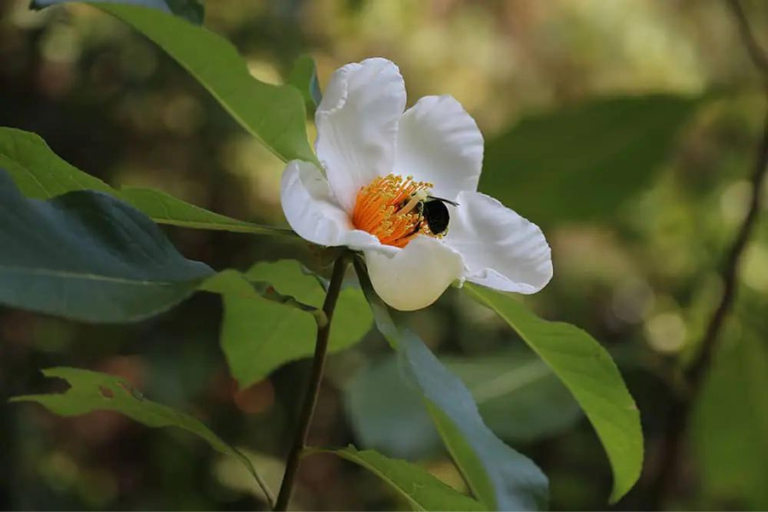
Native to the southeastern United States, the Franklin tree stood as an emblem of American botanical history. Discovered by John Bartram in 1765, this small deciduous tree bore fragrant white flowers and glossy leaves. Sadly, by the early 19th century, it vanished from the wild, surviving only through cultivation.
2. Rafflesia arnoldii (Corpse Flower)
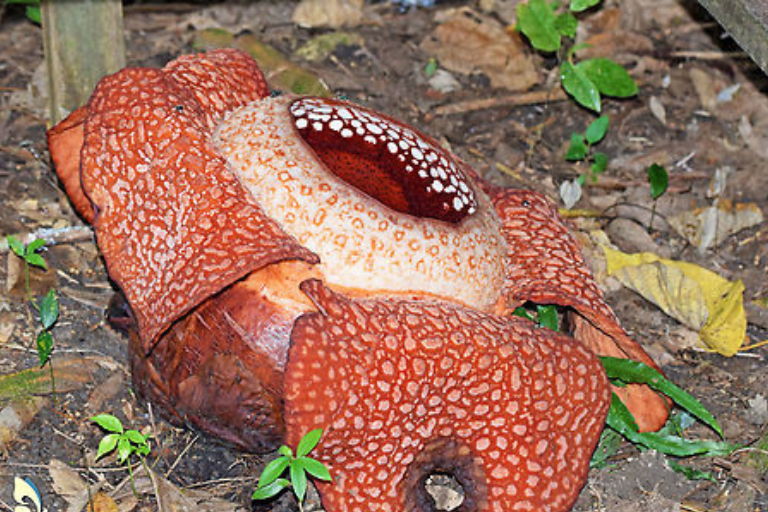
Known for producing the largest flower on Earth, the Rafflesia arnoldii, or Corpse Flower, was a botanical marvel found in the rainforests of Southeast Asia. Its massive, foul-smelling blooms could reach over three feet in diameter. Habitat destruction and its parasitic nature led to its extinction in the wild.
3. Silphium (Culinary Herb)
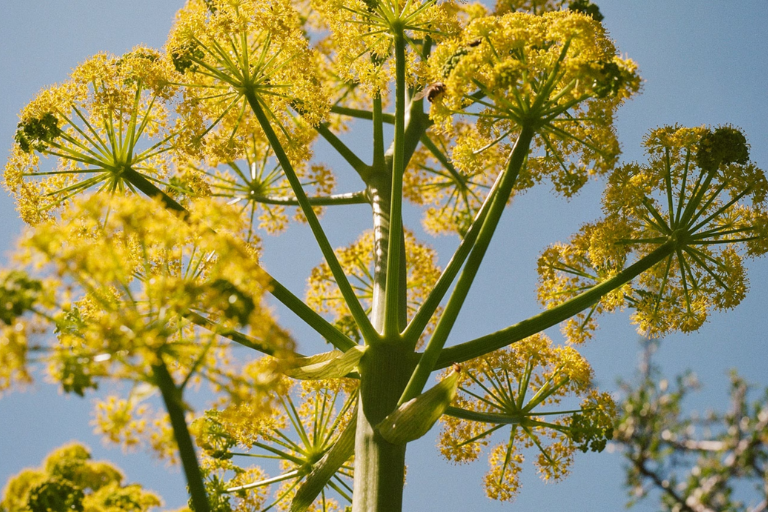
An ancient Mediterranean plant, Silphium was cherished for both its medicinal properties and culinary uses. With heart-shaped leaves and yellow flowers, it was overharvested by the ancient Greeks and Romans. Despite attempts to cultivate it, Silphium disappeared, leaving behind a culinary mystery.
4. Wollemia nobilis (Wollemi Pine)
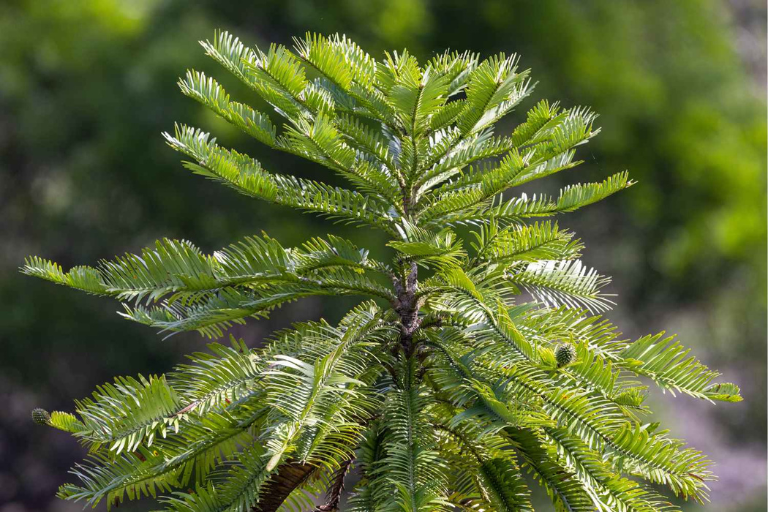
Heralded as a “living fossil,” the Wollemi Pine was discovered in a remote Australian rainforest in 1994. This ancient conifer had survived for millions of years, but its small population faced threats from logging and disease. Conservation efforts continue through cultivation, but its wild existence is lost.
5. Passiflora tulae (Tula Passionflower)
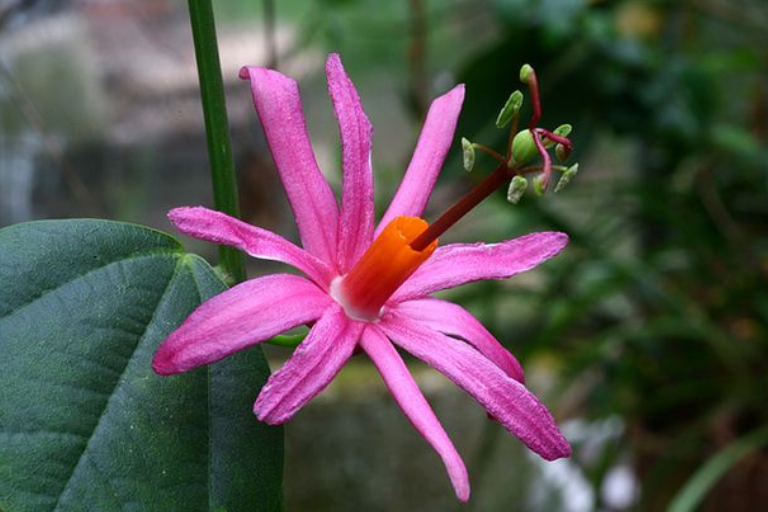
Endemic to the cloud forests of Mexico, the Tula Passionflower displayed stunning purple and white flowers. However, habitat destruction led to its disappearance, and now, only preserved specimens and botanical records bear witness to its once-vibrant presence.
6. Strombosia grandifolia (Borneo Rosewood)
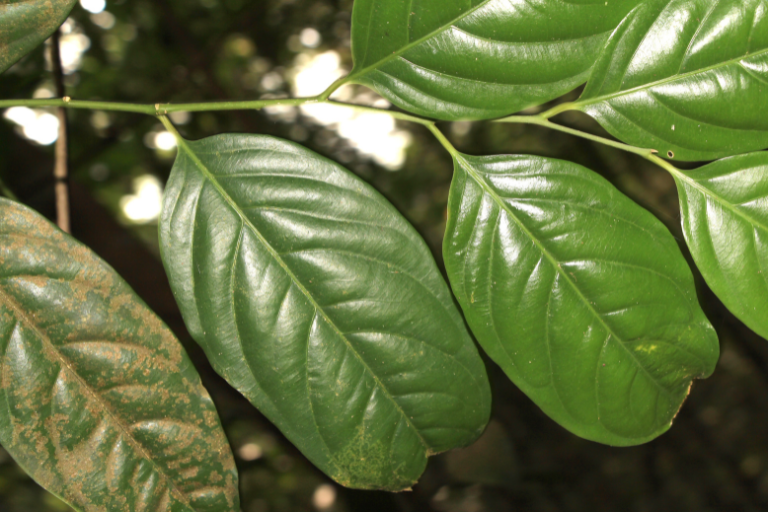
Native to Borneo, the Strombosia grandifolia, or Borneo Rosewood, was a majestic tree with valuable timber. Rampant logging and habitat degradation caused its extinction in the wild. Conservationists are now working to safeguard its memory and potentially reintroduce it to its natural habitat.
7. Helianthus schweinitzii (Schweinitz’s Sunflower)
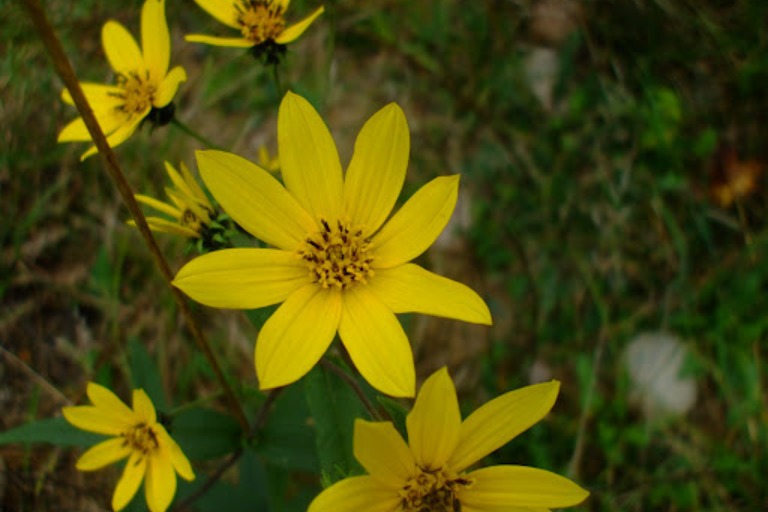
Endemic to the southeastern United States, Schweinitz’s Sunflower showcased vibrant yellow blooms. Agriculture and urbanization claimed its habitat, leading to its disappearance in the 19th century. Efforts to locate any remaining populations in the wild have proven unsuccessful.
8. Glyptostrobus pensilis (Chinese Swamp Cypress)
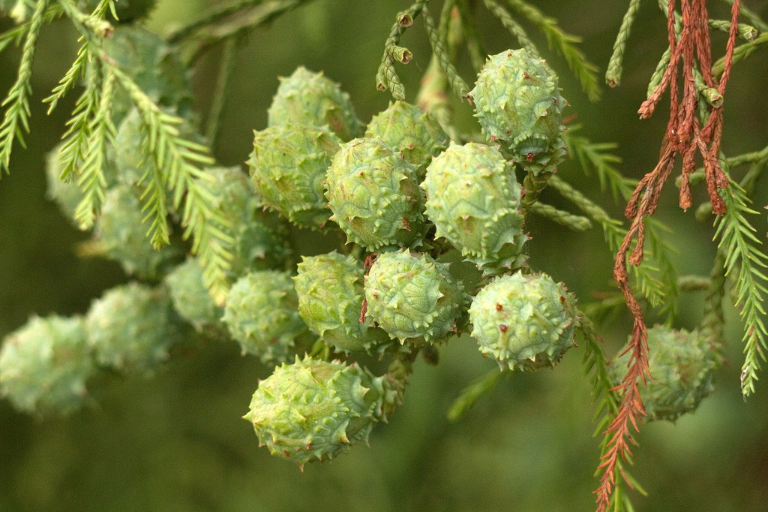
Once abundant in the wetlands of China and Vietnam, the Chinese Swamp Cypress faced extensive logging and habitat loss. With its distinctive buttressed trunk and feathery leaves, this ancient tree species vanished from its native landscapes, emphasizing the fragility of such unique ecosystems.
9. Solanum woodburyi (Woodbury’s Nightshade)
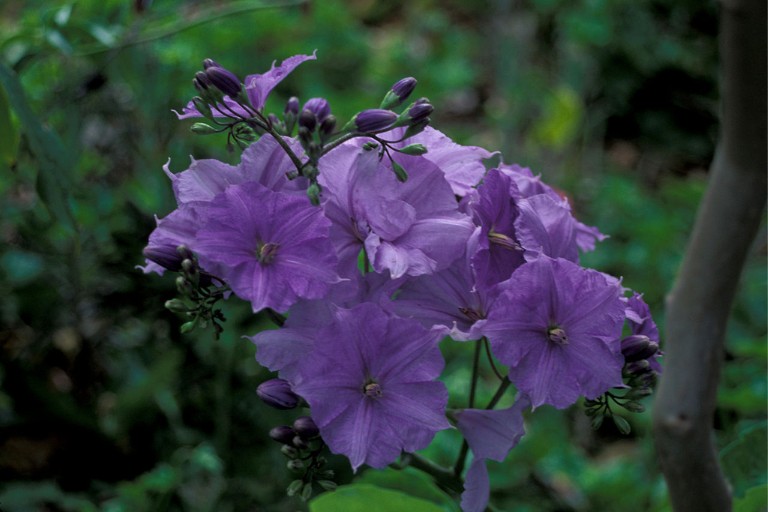
Endemic to Hawaii, Woodbury’s Nightshade displayed delicate lavender flowers and succulent berries. Invasive species and habitat destruction led to its extinction, underlining the vulnerability of island flora in the face of external threats.
10. Myrcia guianensis (Aublet’s Myrcia)
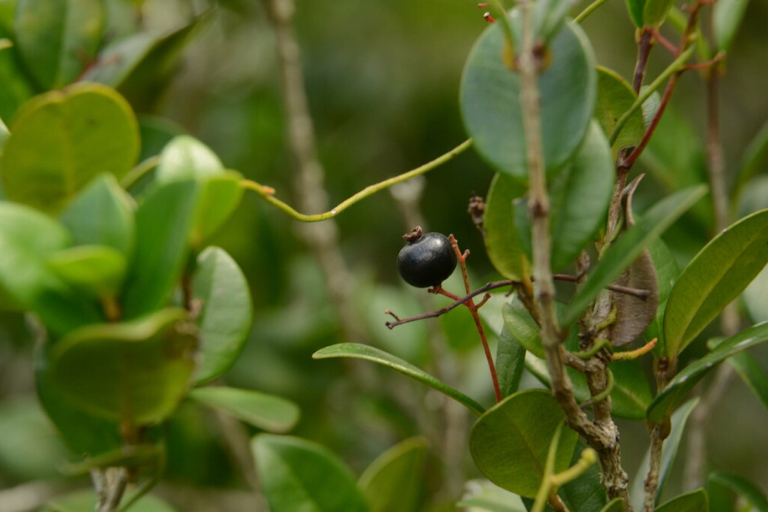
Native to the tropical rainforests of French Guiana, Aublet’s Myrcia exhibited aromatic leaves and vibrant yellow flowers. Deforestation and agricultural expansion erased its natural habitat, contributing to its extinction. Botanical collections and scientific documentation are now the only remnants of this lost botanical gem.



GIPHY App Key not set. Please check settings